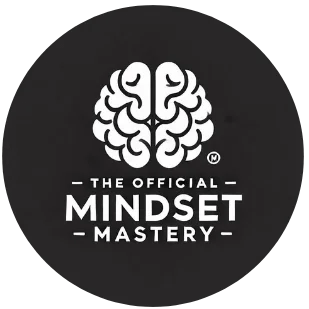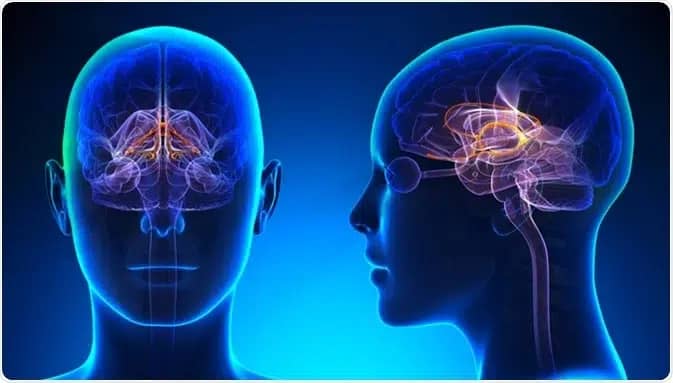The limbic system is a collective term for a number of structures within the human brain which structure finetunes aspects of motivation which is why some call it the so-called structures of limbic system. There are also structures which are also known as the components or parts of the limbic system among others, emotions and memories and responses to stimuli.
Dopamine through fatty acids which are saturated fat uses the brain’s neurons especially ventral tegmental area, nucleus accumbens, and amygdala that decide on the cost-benefit of action.
The ventral tegmental area (VTA)The ventral tegmental area (VTA) is the area of the CNS that gives off dopamine and is involved in the regulation of the feelings of pleasure Tonic phasic cell firing patterns are apparent in the VTA dopamine-containing neurons. Phasic firing has been hypothesized to serve as an encoding for reward expectancy. Moreover, VTA-DA neurons also extend axons to the nucleus accumbens region to modulate voluntary and drug-induced reward behaviors via dopaminergic neurotransmission and also mediates the response to drug addiction behavior.
Furthermore, the VTA DA neurons send axons to several regions of the central nervous system (CNS) inclusive the prefrontal cortex (PFC), nucleus accumbens core and shell, lateral olfactory tubercle, locus coeruleus, tegmental, and structure lateral dorsal tegmental of the bed nucleus and periaqueductal Gray and also the ventral hamina of the brain. Furthermore these VTA DA neurons project to the midbrain structures of ventral tegmental area and substantia nigra, hippocampus.”
Until recently, it was believed that VTA DA neurons work as homogenous functional entities with each of its cell groups having the projection towards specific behavioral outcomes. However, with the emergence of new techniques such as electrophysiological and optogenetic targeting of neuron populations, evidence has emerged that VTA DA neuron populations within specific projections are not homogeneous. The [sensitivity of the response] results further establish that differential reward learning and motivation is encoded in the specific VTA-DA neuron subpopulations, particularly in the VTA-DA neurons that project to nucleus accumbens shell and encode action towards a reward along with the expectation of its value. In turn, VTA-DA cells targeting the hippocampus were more sensitive to changing the prediction of the reward which was less pronounced in cells targeting the nucleus accumbens shell, implying that it could be an internal signal of reward prediction used by VTA-DA cells that do not reach the substantia nigra directly.
The amygdala
Your amygdala is one of the structures of the limbic system comprising your brain, which is largely concerned with emotions characterized as negative such as fear, learning, and memory. Because it is one of the earliest body parts that recognizes danger from the surrounding areas, the amygdala gets especial prominence in movies for example those produced in Hollywood, its initial response to sudden jarring loud noises may be a jump of flinch; sending out disturbing messages that it makes other parts of one’s brain act before making distress reactions such as jumping out of the way after the loud noise has been produced.
The amygdala is said to have two-way links with two areas, the prefrontal cortex, which overlaps emotional processing and decision-making, and other regions including the hippocampus, which integrates emotions and memories, together with ventral striatum and nucleus accumbens, playing roles in reward assessment. It reaches the basal ganglia as well as receives afferent fibers along the anterior commissure relayed efferent signals describing autonomic emotion, such as heart rate or blood pressure changes. In addition, other sensory nodules are located in the histological preparation of the lateral and central nuclei: visual and auditory and somatosensory-sensory cortices enter; with other outputs directed toward the hypothalamus and/or brain stem ‘for’ emotion effects, ‘aggression’ for example. It is the belief of LC that triggers or biases the need to respond to such stimuli that will be more intense than those presented when making choices and decisions with regards to perception, this however remains to be established. Future efforts might take advantage of computational models and medical imaging techniques to assess the activation states of the amygdala, LC and others to understand the functions of these circuits in the brain.
The hippocampus
One of the most prominent attributes of the Hippocampus is that it is associated with memory. Its secondary function of storing order and location details such as dates and times is equally important. Obvious in this area is focusing on mental feelings, especially distress. In addition, this area is also responsible for creation of dreams or imagining things in one’s head.
Still, there is an understanding that the hippo campus has an interrelation with other portions of the brain through the trisynaptic loop. Dopaminergic neurons from appetitive zones in the ventral tegmental area project onto nucleus accumbens neurons, which are engaged in the emotional representation of rewards and then onto neocortex neurons to facilitate the decision-making process and finally return this set of predictions back to the hippocampus for comprehension.
The facts of the situation are such that the hippocampus is usually been described as a flash drive but which stores feedback memories insofar as they are applicable in influencing present behaviors. It is found in the parahippocampal gyrus of hippocampal zone of temporal lobe, and it’s elongated c-shape structure comprises three different areas of dentate gyrus, CA fields 1-3 and subiculum. Direct projections reside directly from it on entorhinal cortex while other cortex such as Thalamus or others cortical areas provide input.
The prefrontal cortex
Goal-related activities and making choices are some of the roles that are conducted by the prefrontal area. This area is implicated in the inhibition and regulation of emotions, personality traits and also in the control of behaviours. Research has shown that patients with lesions in their prefrontal cortex have problems with thinking before they act or strategizing and remembering plans for the long term; they even take riskier actions like heavy speeding with vehicles more often; hence the increased car insurance a young male driver for instance, 23 years of age may pay a higher than average.
Perception-action cycle. This principle supports the hierarchical structure of the frontal lobe. A goal cannot be accomplished without performing some intermediate steps taking into consideration the external situation, experience, and previous events, as well as the inner drive stemming from the emotional context of the goal in question.
In this process, the medial and the orbitomedial prefrontal cortices are integrated with networks of sensory relay nuclei of the dorsal thalamus and the reticular nucleus, hence they elicit stimulation suppression and assist other brain areas engaged in emotions and instincts to work cooperatively through these processes.




